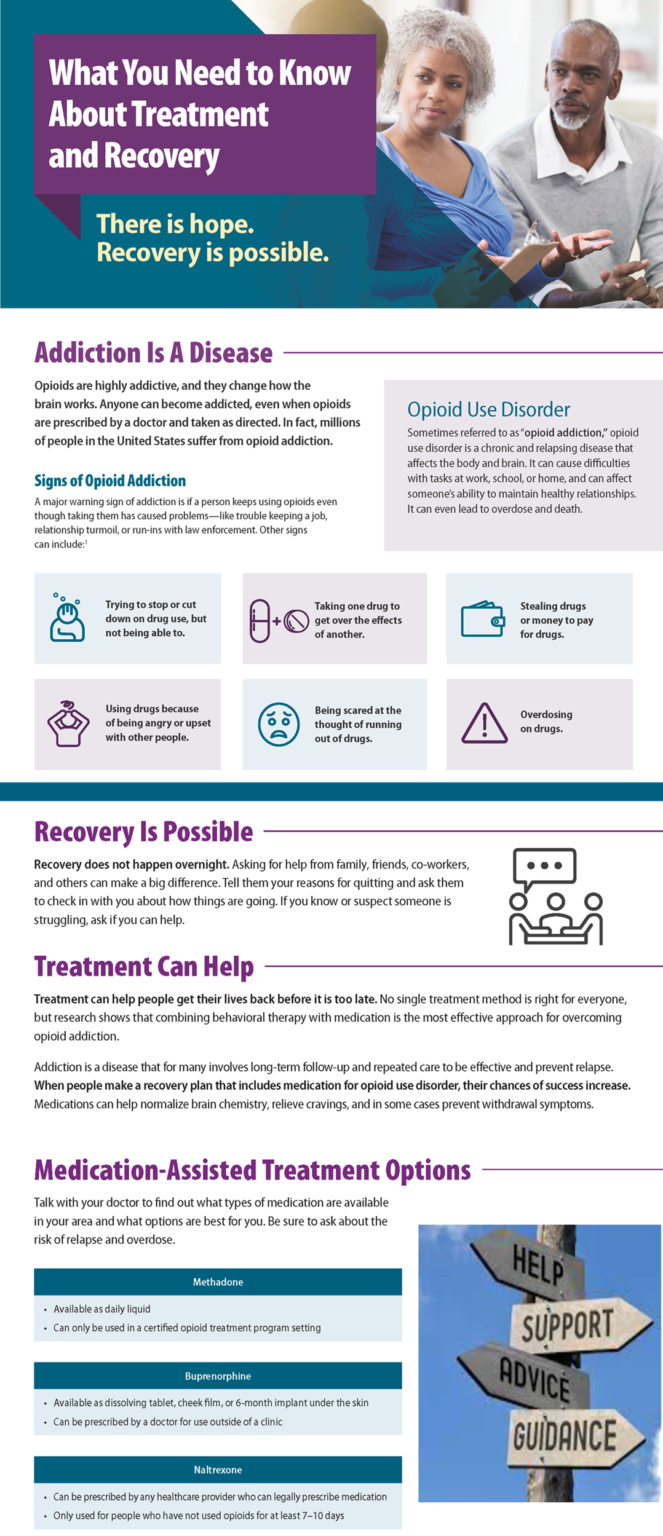Get Started With Your Recovery

We Are Here For You
There is no “bad day” to start recovery. Reach out to us now and take your life back from addiction.
Biofeedback is a type of mind-body technique you use to control some of your body’s functions, such as your heart rate, breathing patterns and muscle responses. During biofeedback, you’re connected to electrical pads that help you get information about your body.
You may not realize it, but when you have pain or are under stress, your body changes. Your heart rate may increase, you may breathe faster, and your muscles tighten. Biofeedback helps you make slight changes in your body, such as relaxing muscles, to help relieve pain or reduce tension. You may be able to decrease your heart rate and breathing, which can make you feel better. Biofeedback can give you the skills to practice new ways to control your body. This can improve a health problem or help make daily activities easier.
A healthcare professional might use different kinds of biofeedback depending on your health problems and goals. Biofeedback types include:
You can receive biofeedback training in physical therapy clinics, medical centers and hospitals. A growing number of biofeedback machines and programs are being marketed for home use, including:
Interactive computer programs or mobile devices. Some types of biofeedback machines measure physical changes in your body. Changes in your heart rate and skin are measured with pads attached to your fingers or your ear. The measuring pads plug into your computer.
Using computer pictures and cues, the machines then help you control nervousness by helping you:
Studies show that these types of machines might help in dealing with stress and make you calmer.
Another type of biofeedback treatment involves wearing a headband that tracks your brain activity while you meditate. It uses sounds to let you know when your mind is calm and when it’s active. This may help you learn to control your stress. Every time you do this, the information is stored on your computer or mobile device so you can track your progress over time.
Every patient is different, and the right medication is found when the person feels normal, has little to no side effects, does not feel withdrawal, and has cravings under control.
When used correctly, and when the treatment plan is being followed, these medications can be taken safely for years
Any plans to stop taking a medication, change dosage, or switch medications should always be discussed with the clinician – this should be a shared decision, with all benefits and risks discussed and understood between both parties.
Patients will continue to see the clinician and participate in counseling and support groups based on the agreed upon treatment plan.
Relapse may occur as part of this chronic disease. If a patient relapses while using medication, the clinician will revise the treatment plan and treatment goals as needed.
Get Started With Your Recovery

There is no “bad day” to start recovery. Reach out to us now and take your life back from addiction.
We are so glad that you have decided to begin your recovery. A member of our intake staff will be contacting you at the number provided
